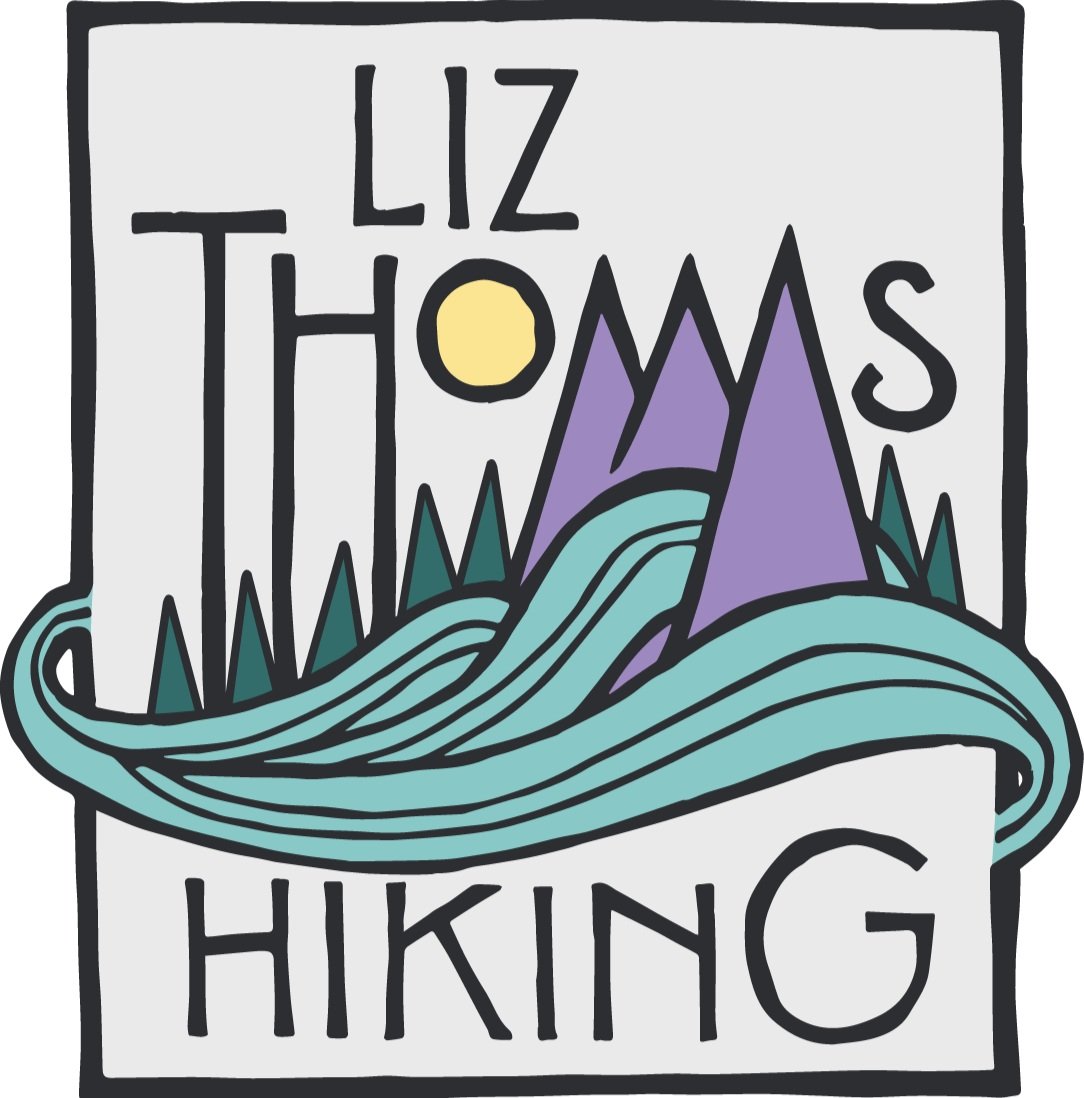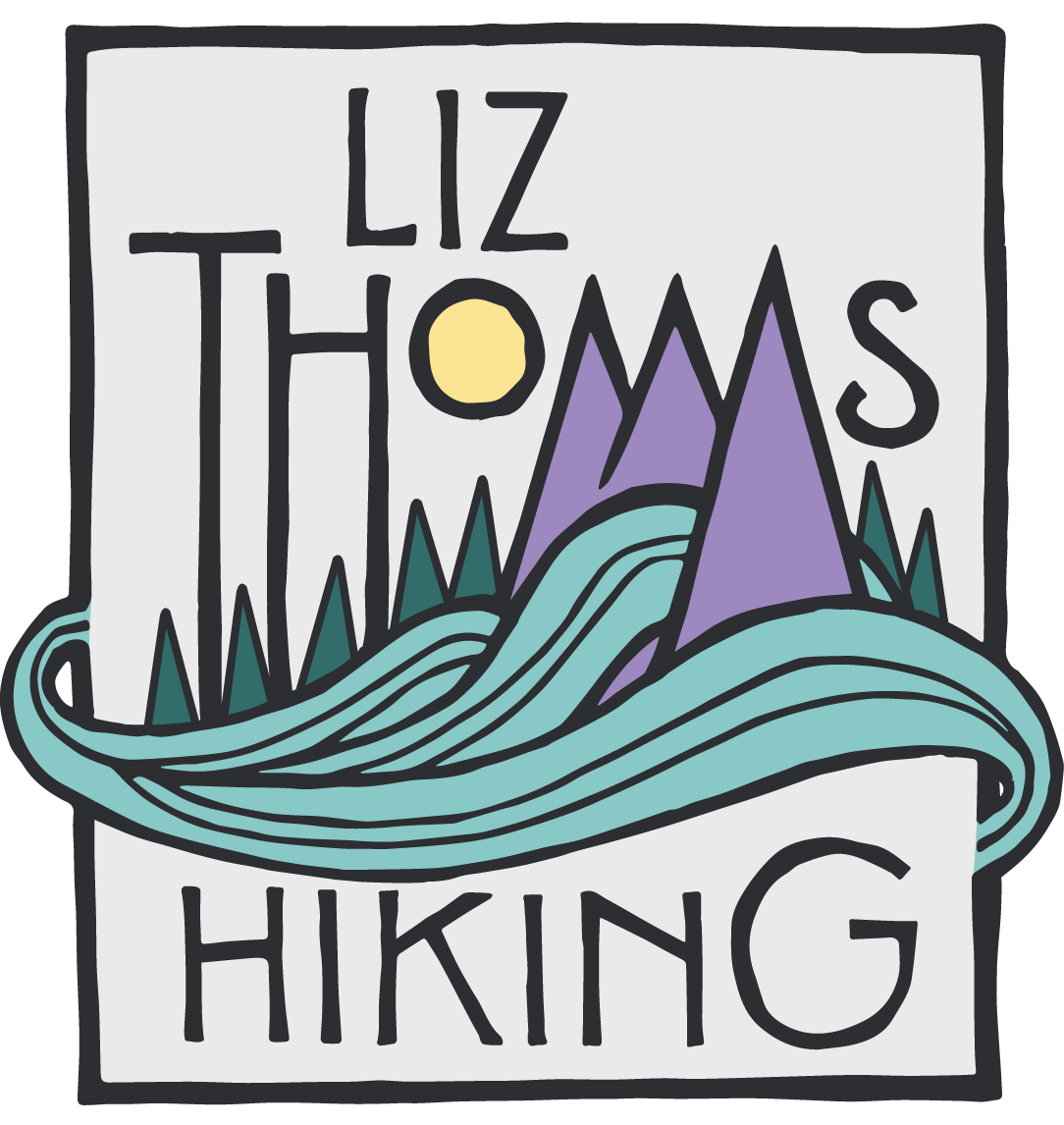Review: Finding Los Angeles by Foot
In honor of my near-anniversary of hiking the Inman 300—the world’s first urban thru-hike across Los Angeles—I am thrilled to read the newest city walking guidebook: Finding Los Angeles By Foot: Stairstreet, bridge, pathway and lane by LA stairway guru and inventor of my route, Bob Inman.
In the aptly named Finding Los Angeles, Bob takes a much maligned city and unearths its treasures, novelties, and uniqueness, making a powerful case for his belief that LA is one of the greatest cities in the world. For my generation, with its recent emphasis on community, neighborhoods, and local-everything, Bob’s book captures the zeitgeist with a love that has spanned decades.
Finding Los Angeles presents 23 loop hikes–all tested during Bob’s famous free almost-weekly community walks–that combine physical challenges with natural, historical, and cultural treasures of the city. As I can testify from my own hike in LA, many of these treasures are not noted on maps and smartphones. Bob’s book explains what maps cannot: how to find a staircase hidden behind a bush, where the Red Hot Chili Peppers recorded their albums, and the best view spot to have lunch on a stairwalking date.
Like a traditional hiking book, for each of the 23 hikes, Bob’s book includes extensive maps, information on how to get to “trailheads” via public transit, and the best time to hit up each trail. It also includes step-by-step instructions on the route, including addresses for the top and bottom of stairways and the number of steps in each stairway. Along with photos of parks and natural areas, Bob’s photos of cultural icons such as churches, mosaics, and gardens remind me why LA is a special place to hike. I especially enjoy the book’s historic photos of LA, taken in the 1950s by Bob’s father, a prominent photographer. Remarkably, Finding Los Angeles also has a index, making it easy to find where Frank Gehry’s beach house or a WPA mural may appear in the book.
Unlike other urban hiking” books, Finding Los Angeles provides a much needed service by sharing routes for hikers. Inman’s routes take 3-7 hours and utilize LA’s public stairways. Far from a stroll or city saunter, Bob has created 23 routes that make exercise and adventure possible for free without a car or commute. As Bob writes, by walking in your own neighborhood, you maximize the time available for adventuring while minimizing your environmental footprint.
His language is infused with buzz terms of land use planning’s new urbanism, but the ideas came to Inman naturally over many years of walking the city.
“This book is about making the world’s 13th most populous metropolitan area seem smaller and more approachable on foot. Use of this book should assist a foot traveler find bridges between neighborhoods while promoting an understanding of what makes those neighborhoods unique.”
For most people, myself included, it’s not simply enough for public space—even a trail system or national park—to exist. Before heading out, people are comforted by reading a guidebook and consulting maps. Finding Los Angeles provides the details of the 300+ stairways that made up my Inman 300 hike featured in Backpacker. Because the route to the 300 has yet to be perfected, Finding Los Angeles is perhaps the best resource available for recreating the route and making it better.
As a long distance hiker, and therefore, a big fan of public space wherever I may find It, Bob exposed me to new ways of walking on public areas in an unconventional landscape: the city. I hope that this book will encourage my readers, and all hikers—whether those out for a dayhike or those attempting the Inman 300—to sample new ways of walking.



